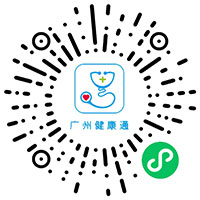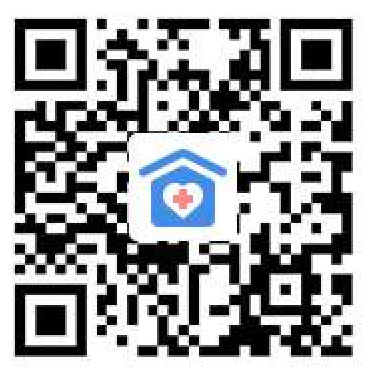【中英文对照版】新型冠状病毒肺炎公众预防临时指南(家庭消毒怎么做?)
新型冠状病毒肺炎公众预防临时指南(家庭消毒怎么做?)
Interim Guidance for the Prevention and Control of COVID-19(Household Disinfection)
普通家庭如何做好居家消毒?
Part I: For ordinary family
在疾病流行期间,外出回家后,应及时用洗手液(或香皂)等流动水洗手,或用含酒精成分的免洗洗手液。桌椅等物体表面每天做好清洁,并定期消毒;有客人(身体健康状况不明)来访后,及时对室内相关物体表面进行消毒,可选择合法有效的消毒剂或消毒湿巾擦拭消毒。室内做好通风换气,自然通风或机械通风,冬天开窗通风时,需注意室内外温差大而引起感冒。
During the epidemic period, the family members should clean their hands with soap/liquid soap and running water or rinse-free alcohol-based sanitizer after coming back home. The family should clean the object surface (tables and chairs, etc.) every day and disinfect them regularly. If someone with unknown health condition drops by, the family should disinfect relevant object surface by wiping with effective disinfectant or disinfection wipes. Maintain proper ventilation and air circulation by natural or mechanical ventilation. Be careful that in winter, when opening the windows for ventilation, the difference between indoor and outdoor temperature can be significant and it is easy to catch a cold.
物体表面可选择含氯消毒剂、二氧化氯等消毒剂或消毒湿巾擦拭。手、皮肤建议选择有效的消毒剂如碘伏、含氯消毒剂和过氧化氢消毒剂等手皮肤消毒剂或速干手消毒剂擦拭消毒。
Chlorine-containing disinfectant, chlorine dioxide and disinfection wipes are suitable for surface disinfection by wiping. Iodine, chlorine-containing disinfectant, hydrogen peroxide (H2O2) and rinse-free alcohol-based sanitizer are suitable for hand and skin disinfection by wiping.
家中出现可疑症状后,该采取何种消毒措施?
Part II: When a family member develops symptoms compatible with COVID-19
当家庭成员中出现可疑症状者后(可疑症状包括发热、咳嗽、咽痛、胸闷、呼吸困难、乏力、恶心呕吐、腹泻、结膜炎、肌肉酸痛等),家庭其他成员应做好隔离防护,并根据病情进展及时送其就诊,就诊时应避免使用公共交通工具前往,两人均需佩戴医用外科口罩或N95口罩;在有症状的家庭成员就诊后,应对其隔离的房间和接触物品(如居室地面、卫生间、家具台面、门把手、餐(饮)具等)进行消毒。
When a family member develops symptoms compatible with COVID-19 (fever, cough, sore throat, chest distress, breathing difficulties, fatigue, nausea, vomiting, diarrhea, conjunctivitis and muscle ache, etc.), the others should keep a distance from him/her, pay attention to self-protection and send him/her to hospital on time. Avoid using public transport. Both the patient and the accompanying person should wear medical mask or N95 mask. After the patient goes to hospital, his/her room and the objects touched by him/her (the floor, restroom, furniture surface, doorknobs, tableware, kitchenware, etc.) should be disinfected.
家中出现新型冠状病毒感染的患者时,该采取何种消毒措施?
Part III: When a family member is confirmed to have COVID-19 infection
病人离开后(如住院、死亡、解除隔离等),应进行终末消毒。病家终末消毒的对象包括:住室地面、墙壁,桌、椅等家具台面,门把手,患者餐(饮)具、衣服、被褥等生活用品,玩具,卫生间包括厕所等。终末消毒一般由专业人员完成,具体可联系当地疾病预防控制中心。其他家庭成员为密切接触者,应接受14天医学观察。
Terminal disinfection at home should be done once the patient leaves (being hospitalized, dead or released from isolation). The floor, walls, furniture surface (tables and chairs, etc.), doorknobs, items used by the patient in daily life (tableware, kitchenware, clothes and quilts etc.), toys and restroom should be disinfected. Terminal disinfection is usually done by professionals. Please contact the local CDC. The other family members are close contacts and will be put under medical observation for 14 days.








